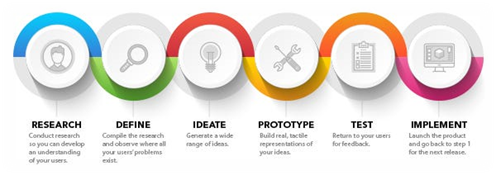 Aditi Kashikar, Automation Anywhere
Aditi Kashikar, Automation Anywhere
October 1, 2023
Product content accounts for close to 40% of our company’s online traffic. As creators of this content asset, we see this as an opportunity to create immense business value for our company.
Value-driven metrics and business KPIs achieved
We partnered with Zoomin Software to develop a Content ROI scorecard to highlight a few key outcomes we were able to achieve since the adoption of our data-driven, user-centric content strategy.

- 212% increase in customer case deflections through product content, leading to consistent support cost savings YoY.
- 101% increase in returning users to our documentation portal. Using an industry benchmark of 1 out of every 1000 returning users becoming a customer and considering the average selling price for enterprise SaaS software to be $40,000, this translates to $5.5 million in potential revenue growth contributed by product content.
- 20% increase in CSAT scores over 2 years. Our customers and their satisfaction with our content is a critical element of our content strategy and success story so far.
- 282% increase in portal traffic primarily from organic search due to focused and consistent SEO investments.
- Reduced publishing times ensure our on-demand publishing model assures our customers of the most updated, accurate, and complete product content for them to be successful.
How did we get here
Around two years ago, we made a deliberate decision to adopt a design-thinking approach to how we iteratively develop content.
 This included adopting user research methodologies into our content development process.
This included adopting user research methodologies into our content development process.
The advantage of adopting a design-thinking approach meant that the data and insights gathered from user research were used to inform and guide our content strategy.
This led to more successful outcomes (increased customer satisfaction, greater user adoption, and more self-support), achieving our business goals, building even greater business value, and elevating the product documentation function internally.
How to gather user insights 
Image from Minitab
- VoC (Voice of Customer) surveys: Every quarter, we roll out a CSAT survey to our customers. We usually see a response rate of close to 100 customers within the first two weeks.
- 1:1 interviews: Feedback from the survey is carefully analyzed and followed up with 1:1 interviews with customers to gather more insights, clarify gaps in our understanding, and interpret customer nuances shared in the survey. Such interactions help to further customer trust and build a strong rapport to facilitate future research outreach.
- Prototype evaluation: Actionable insights and feedback from the survey lead to the development of new or improved content models. Prototypes of content models are iteratively tested with select customers based on persona-task segmentation.
- Usability testing: Examples of new and improved content innovations are similarly assessed with a larger base of customers to gather metrics such as SEQ (single ease question) or SUS (system usability score).
- Competitive analysis: User research also involves assessing the competitive landscape and gathering user feedback and preferences of our content models vis-à-vis our competitors and other enterprise SaaS companies.
How to get started
Become a user advocate: It is not easy for documentation teams to get access to customers. So, we need to get creative in seeking out opportunities to interact with actual users (not user representatives or surrogate users). This could mean volunteering to be a “fly on the wall” initially in user research sessions facilitated by the UX research team and collaborating with user researchers on their research projects. The learnings from such interactions can transform your thinking and approach to content development.
Adopt an iterative mindset: Design thinking can be challenging to adopt because it seeks to challenge assumptions to ideate. It is non-linear and can be disruptive to traditionally linear content development processes.
Transform vendor relationships: Look to transform your relationship with your technology and tools vendors into a partnership. It is a win-win for both and accelerates content innovation, leading to business value created through your content.
